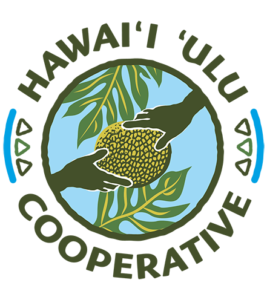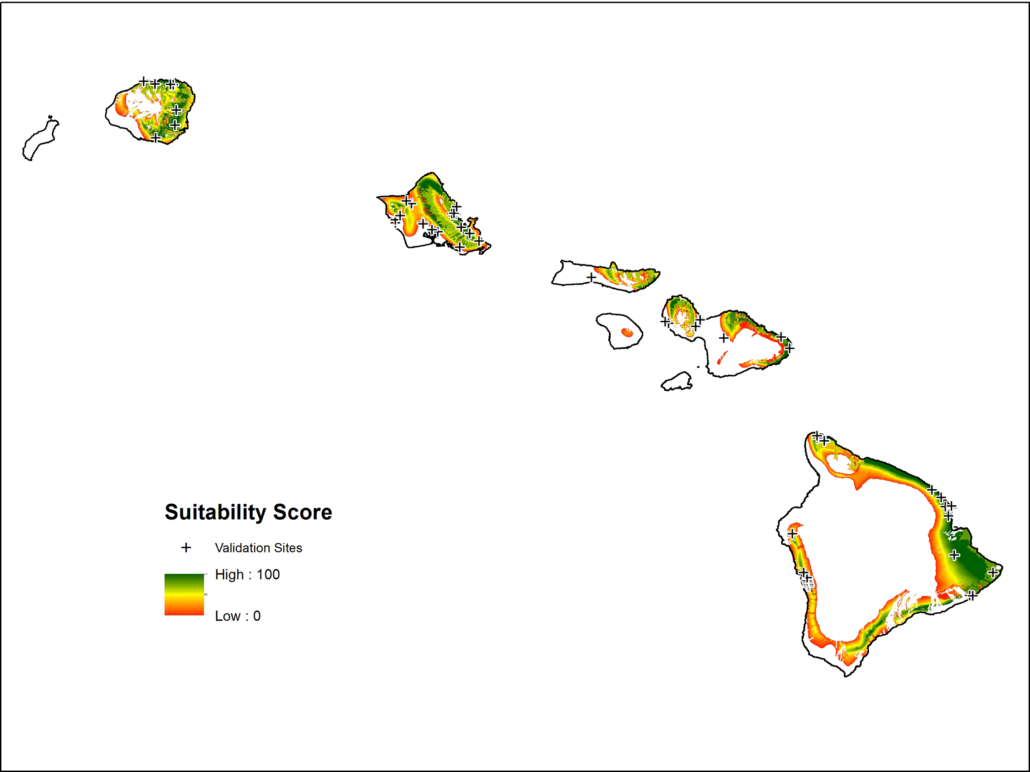ʻULU PRODUCTION PRIMER
Site Selection
Rainfall: optimal range of 60-157 inches of rainfall per year. Breadfruit is tolerant of dry periods, but may experience increased abortion of fruit in prolonged drought. Windbreaks may help prevent desiccation depending on context.
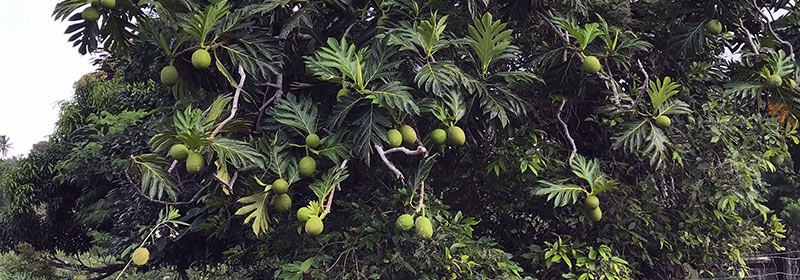
Temperatures between 70-90 degrees F are optimal. Nighttime temperatures should not go below 55 degrees F at night.
To be within optimal temperature range, elevation for viable production is best suited below 1,500 feet in Hawaiʻi.
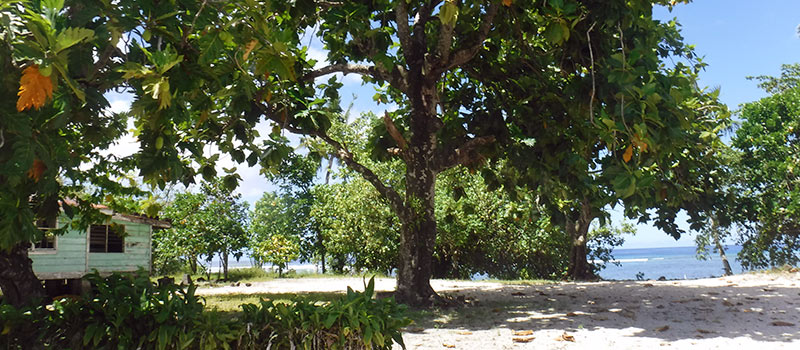
ʻUlu does well in a diversified range of soil types; including sandy coastal conditions, sandy clay loam soil and in younger lava-rock soil.
Optimal/recommended pH: 5.0-6.5, but will survive in a larger range.
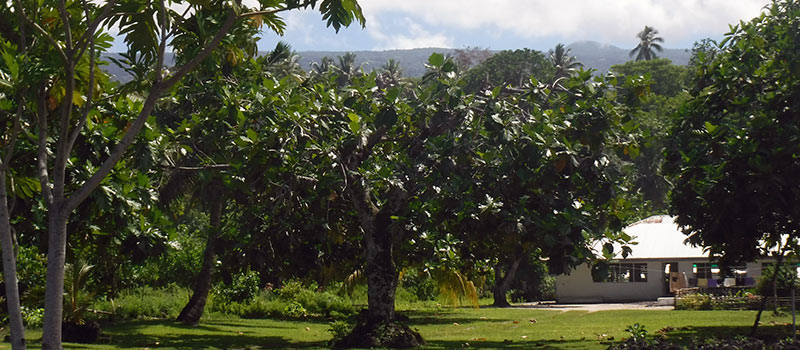
Site selection will also depend on the ability to plant trees that will have adequate and continuing access to sunlight as they develop and mature into larger trees. Trees planted in shady areas, or areas that eventually will become shaded out by other taller trees, will not thrive as well in the long term and produce much less fruit.
A simple weather station is helpful to gauge the environmental conditions of your planting area; recording rainfall and other factors over a period of time.
Ungulate Protection
Wild pigs are one of the largest challenges in early breadfruit establishment. Hog fencing is often necessary to prevent extensive damage. Farmers in Hawaiʻi use a combination of 4-6 foot hog-wire fencing and additional electrical barriers for maximum protection.
In the absence of pig-proof fencing, installing individual barriers around each tree is a measure to ensure the safety of young trees: tree cages should be weighed against the cost of perimeter fencing. Note this might not be necessary in all regions of Hawaiʻi, but is especially applicable on Hawaiʻi Island, where feral pig populations are growing and pose significant threat to young tree establishments across most of the island.
NEXT: Spacing and Pruning
